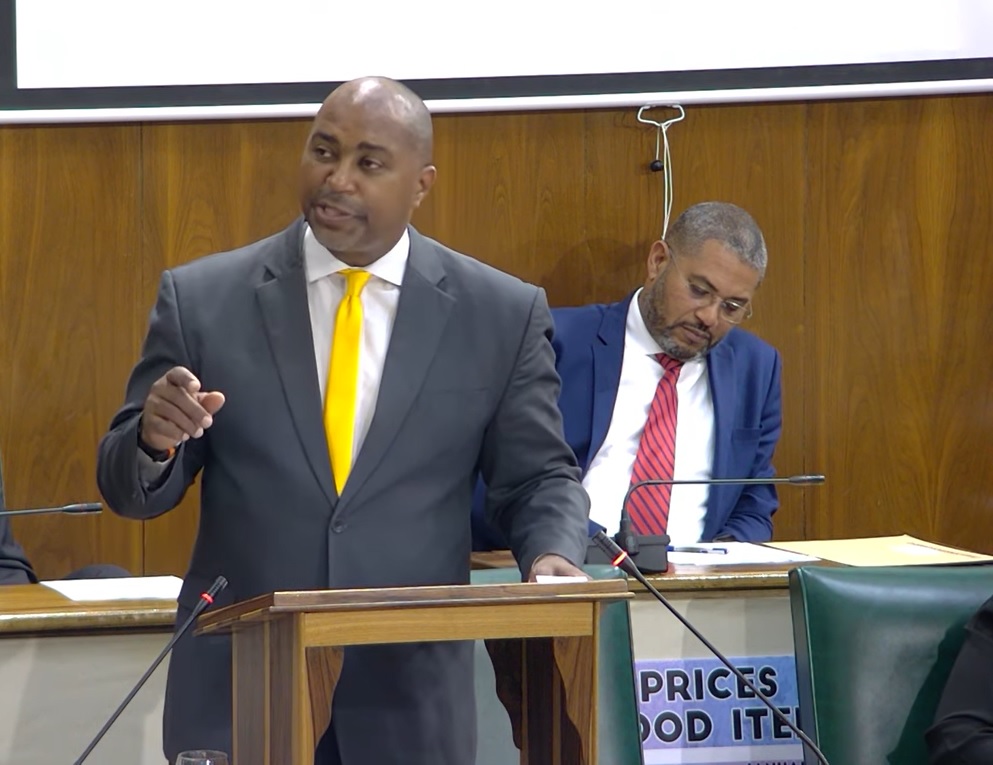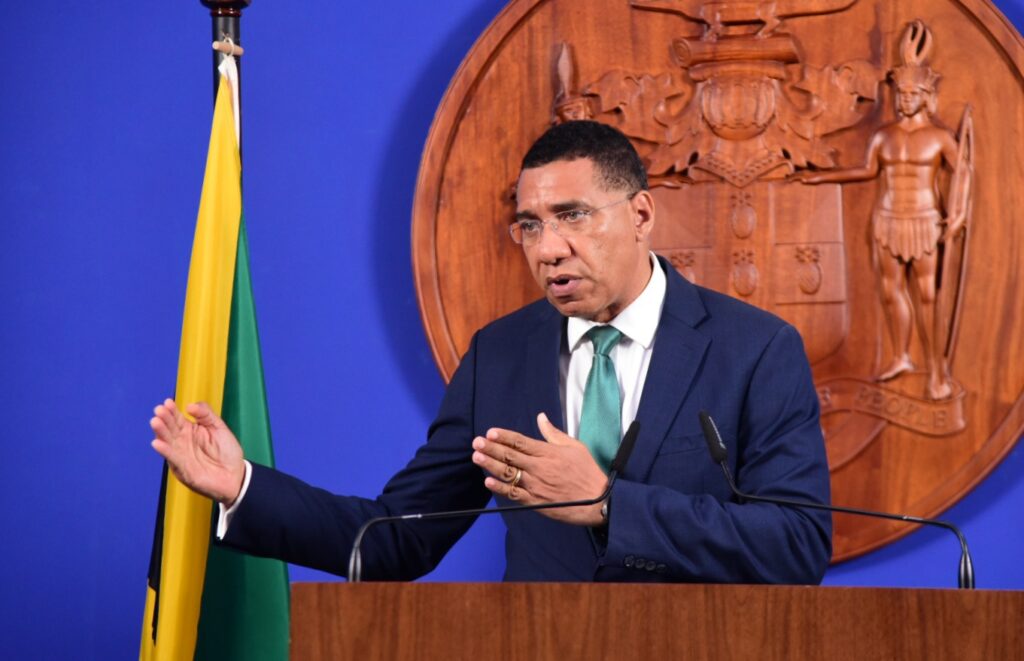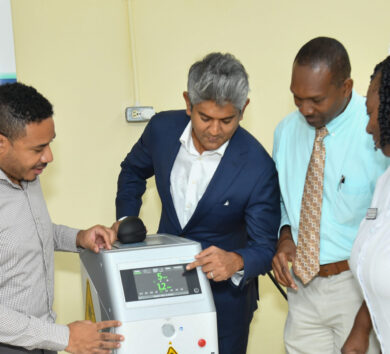

Opposition Spokesperson on Finance, Planning and the Public Service Julian Robinson is accusing the prime minister of making false statements about the country’s debt-to-GDP ratio when the Jamaica Labour Party took office in February of 2016.
“Yesterday in Parliament, Prime Minister Andrew Holness made a false statement by claiming that the country’s debt-to-GDP ratio was 145% when he took office. I must correct this, in fact, the debt-to-GDP ratio stood at 115% when the People’s National Party (PNP) left office in 2016, after a period of careful fiscal management,” Robinson said in a statement on Wednesday.
He said in 2012, the PNP inherited a challenging economic situation with the debt-to-GDP ratio at 145%. Robinson said that by 2016, “through determined efforts”, the PNP administration had reduced this to 115%, and achieving a substantial improvement that averaged an annual reduction of 7.5%.

“It is fallacious for the prime minister to suggest that his administration alone achieved the current debt levels by implying they began their tenure at 145%. In reality, the debt-to-GDP ratio in 2007, when the Jamaica Labour Party (JLP) took office, was 107%, and during their administration, it rose to 145%. The PNP then undertook a significant recovery, bringing it down by 30 percentage points in four years to 115% in 2016,” Robinson said.
Robinson said: “Jamaicans deserve transparency, particularly in areas that impact their economic future. It is essential and important to present the truth to Jamaicans and fact-check the prime minister. As we await the appointment of a new finance Minister, I urge the prime minister to provide truthful representations on national finance to foster informed public discourse.”







Comments